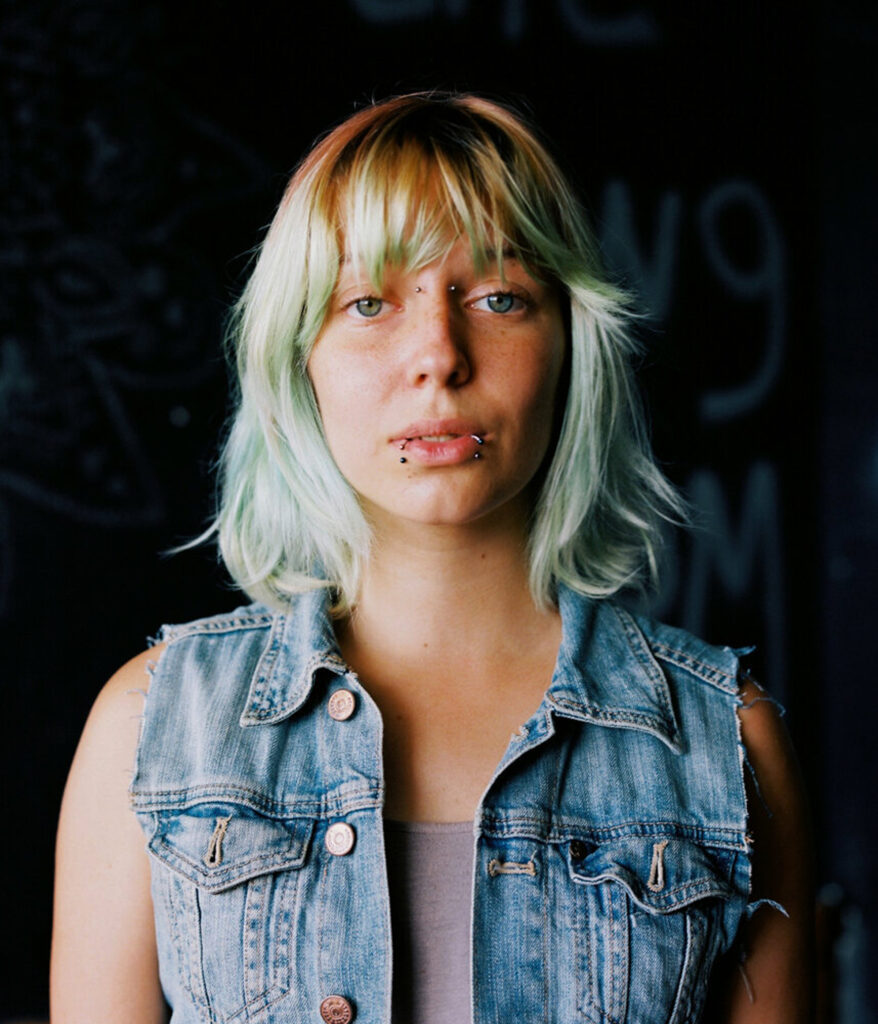
As Long As Nobody Gets Hurt
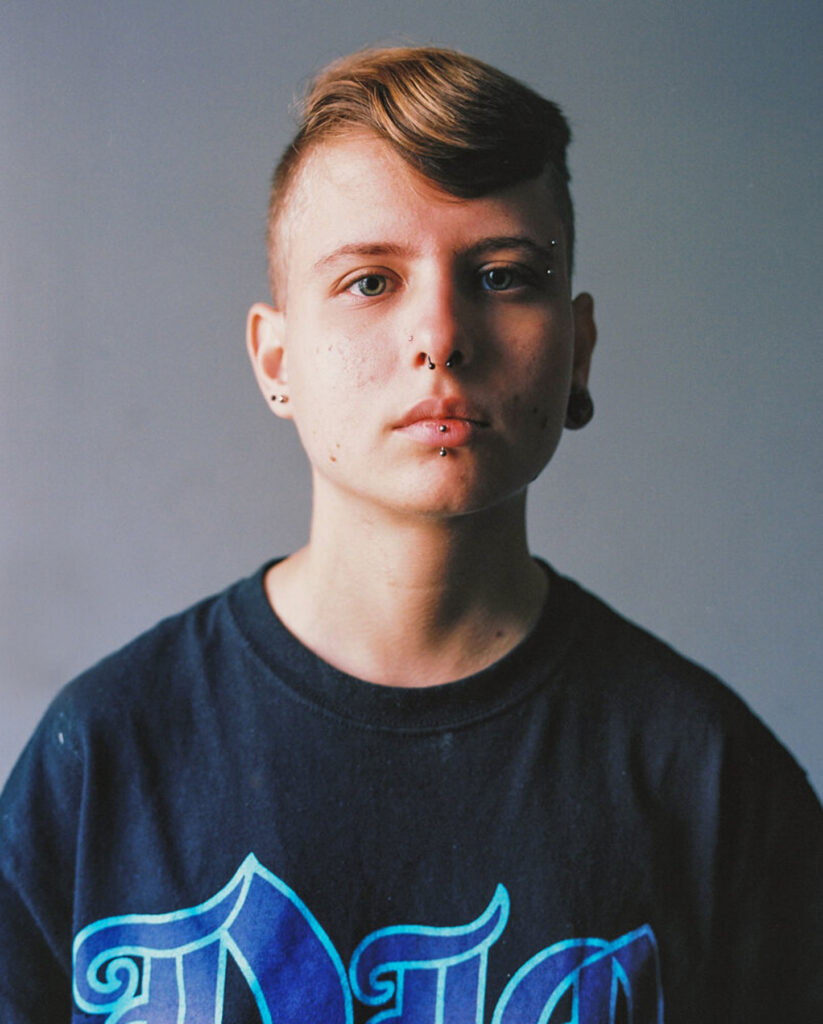
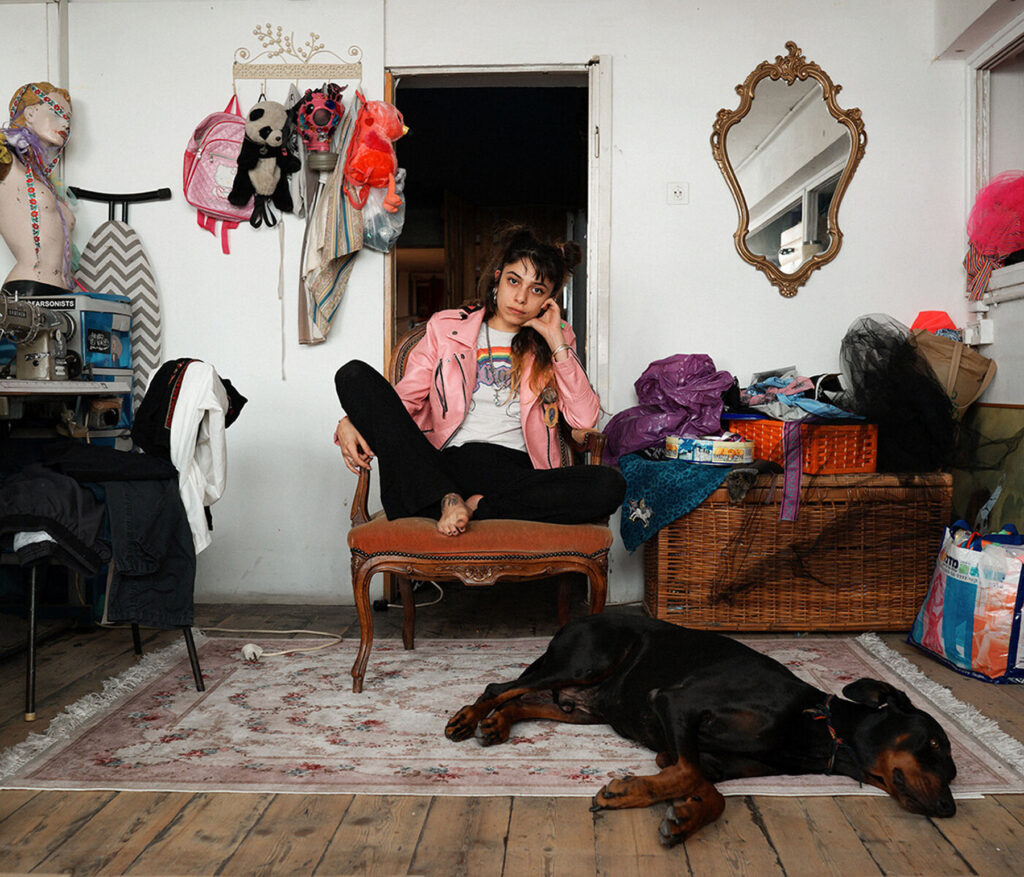
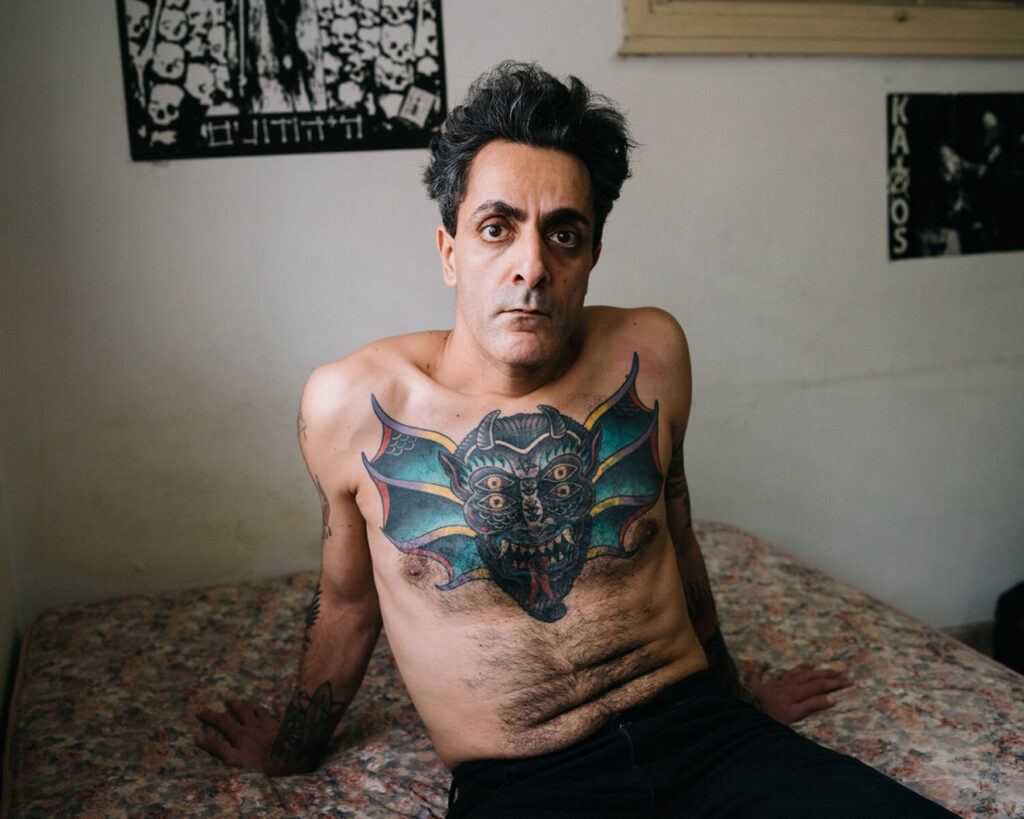
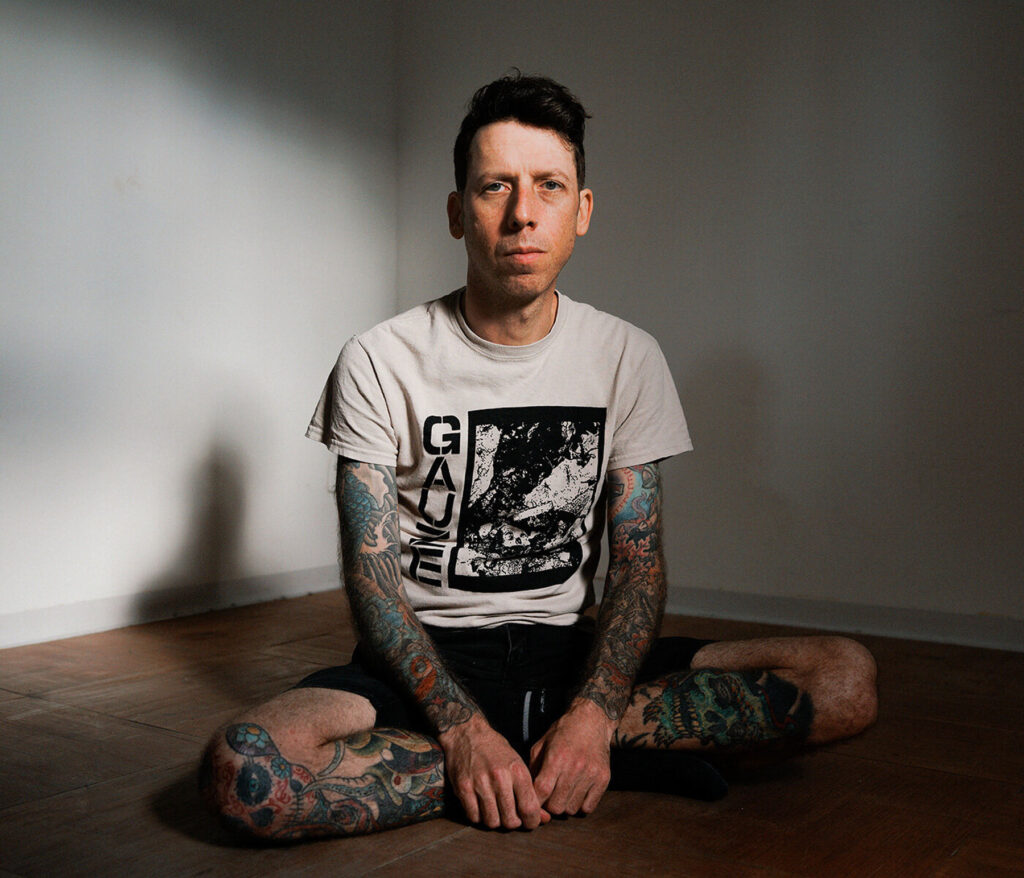
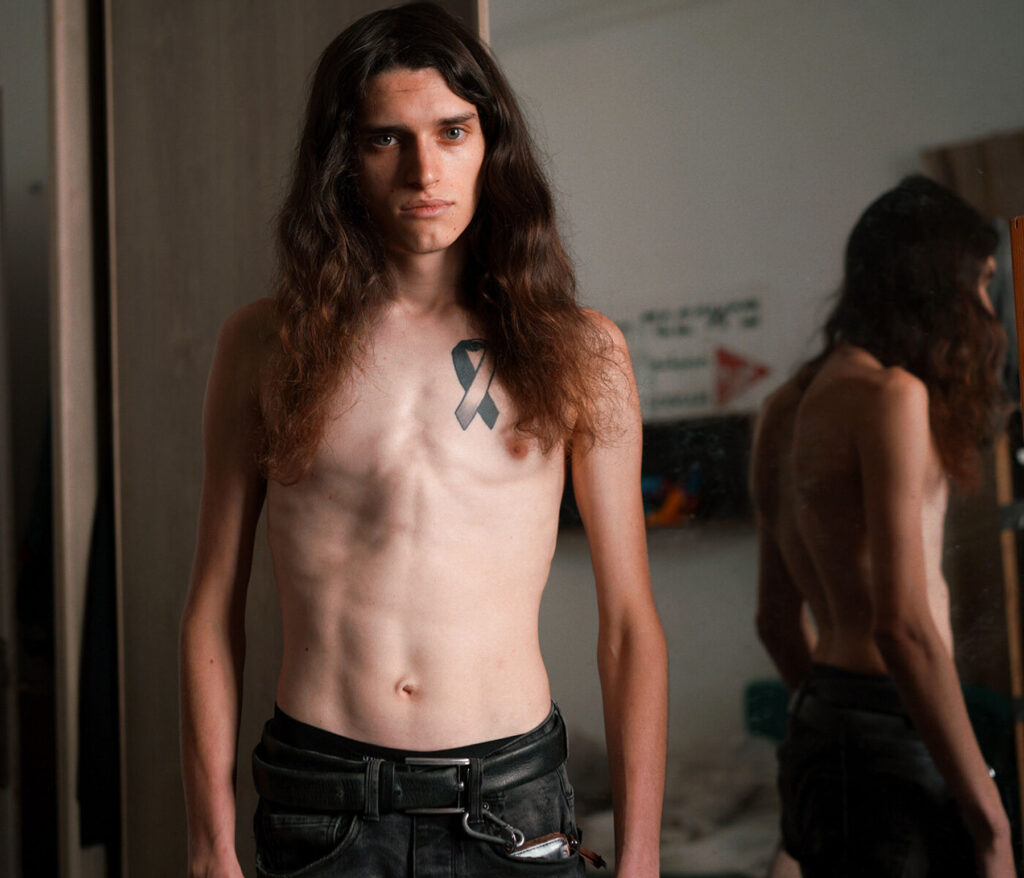

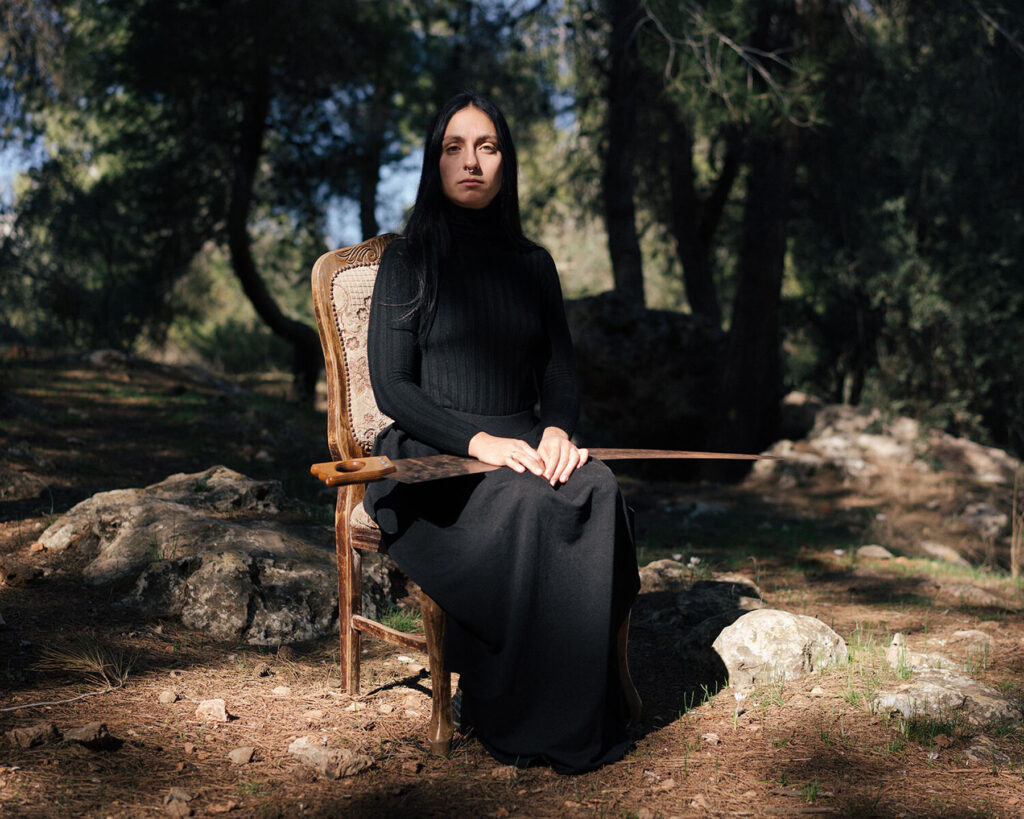
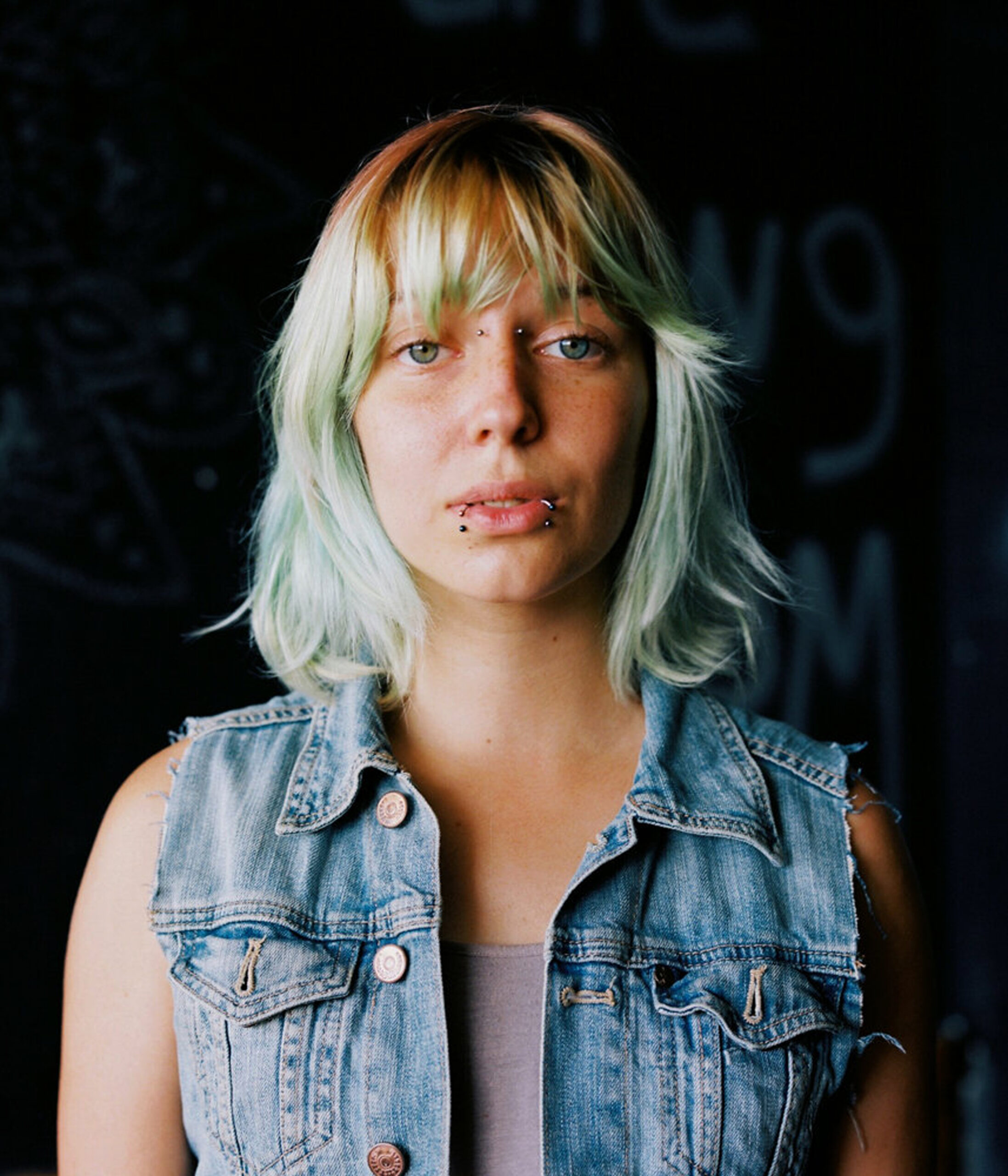
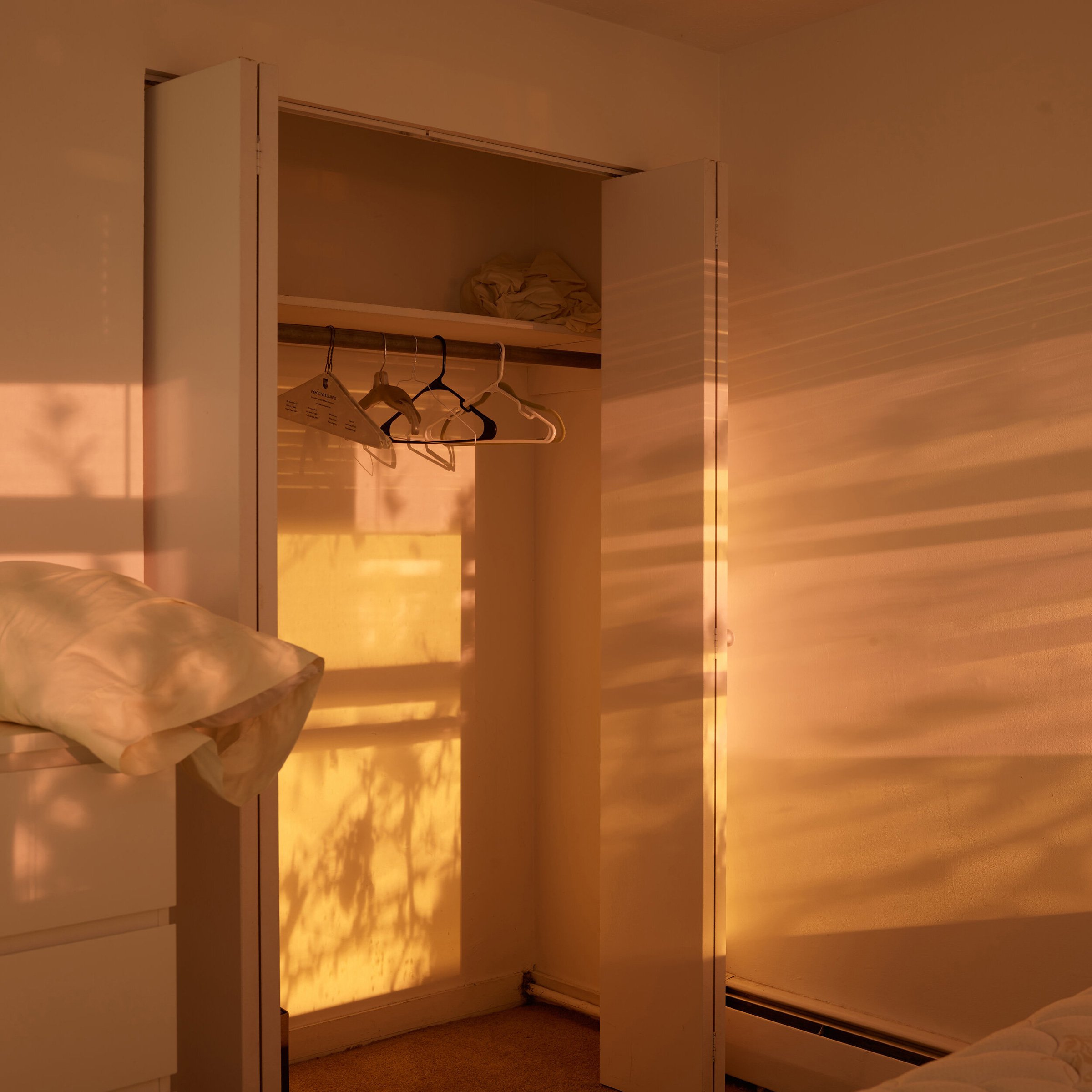


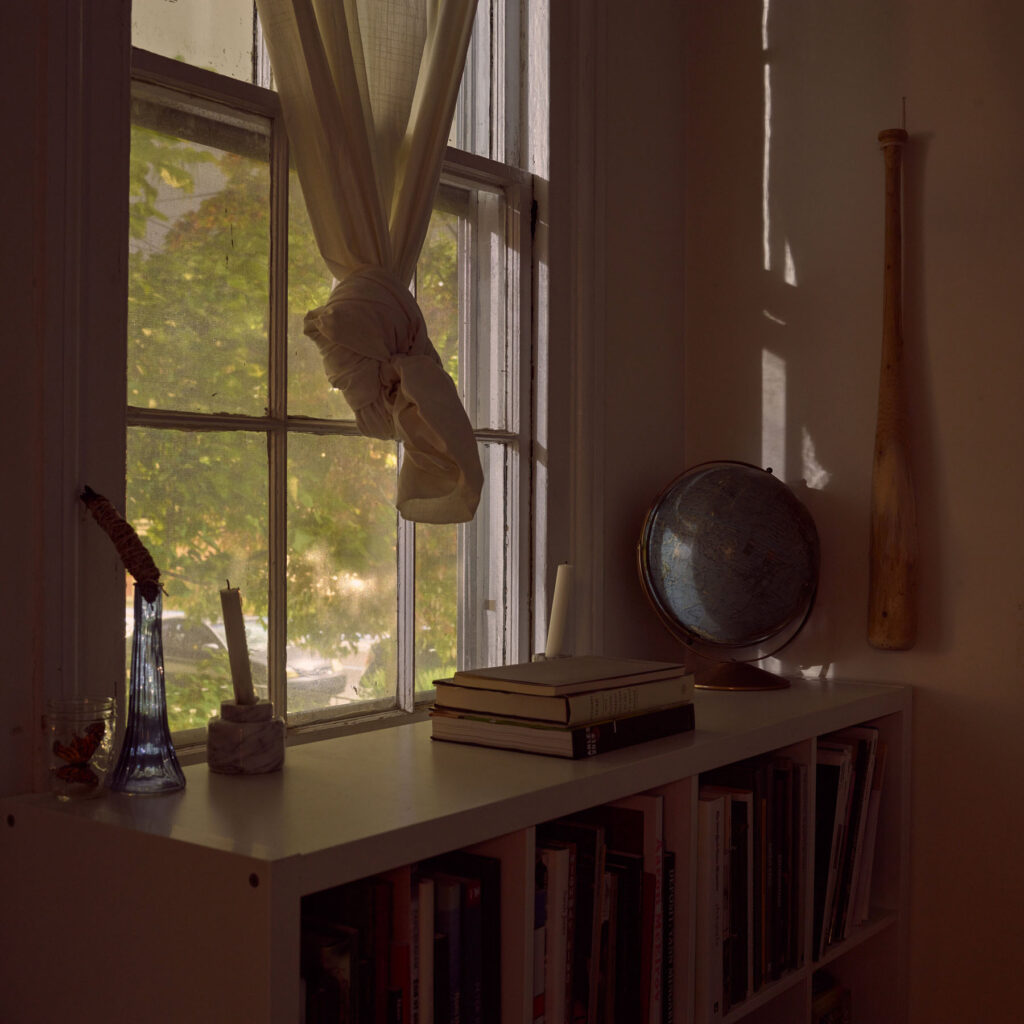

Last year I went to Yale to study my MFA program. When I arrived in New Haven, everyone told me it was not safe to take photos outside in New Haven at night. I also was afraid as I had received some emails from the police station about crimes in New Haven.
I always run back home at night. When I open the door of my house, I take a deep breath.
Then I lay down on the bed and have no energy to turn on the light.
I just watch the natural light come through the windows. Then I feel calm. These moments remind me of my childhood in a small village in China.
My grandparents raised me as my parents had to move to the city to earn money for me. Thirty years ago, Chinese people were so poor that my grandparents never turn on the lights at night. They just wanted to save some money. But I was a boy full of curiosity.
So I would always try to find some interesting things to witness at night such as the beauty of the firefly or the beauty of the moonlight.
I want to explore the glow of the night time light and rebuild our ability to find this kind of beauty and mysteriousness at night.
























Credits
http://www.leonardomagrelli.com/
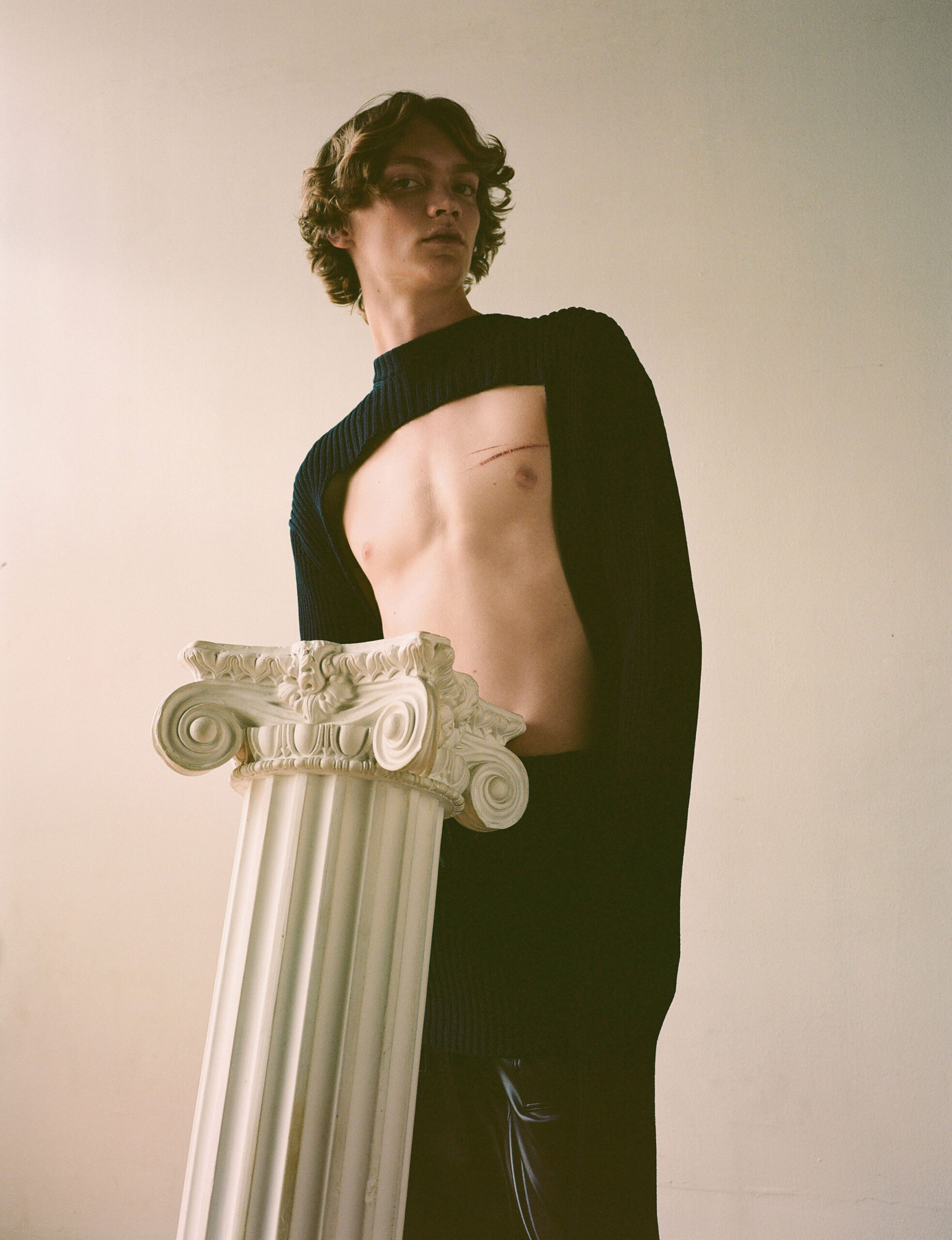

















Team
Photography · BRENT CHUA
Fashion · JUNGLE LIN
Grooming · TAKANORI SHIMURA
Model · HUXLEY KUHLMANN from DNA
Designers
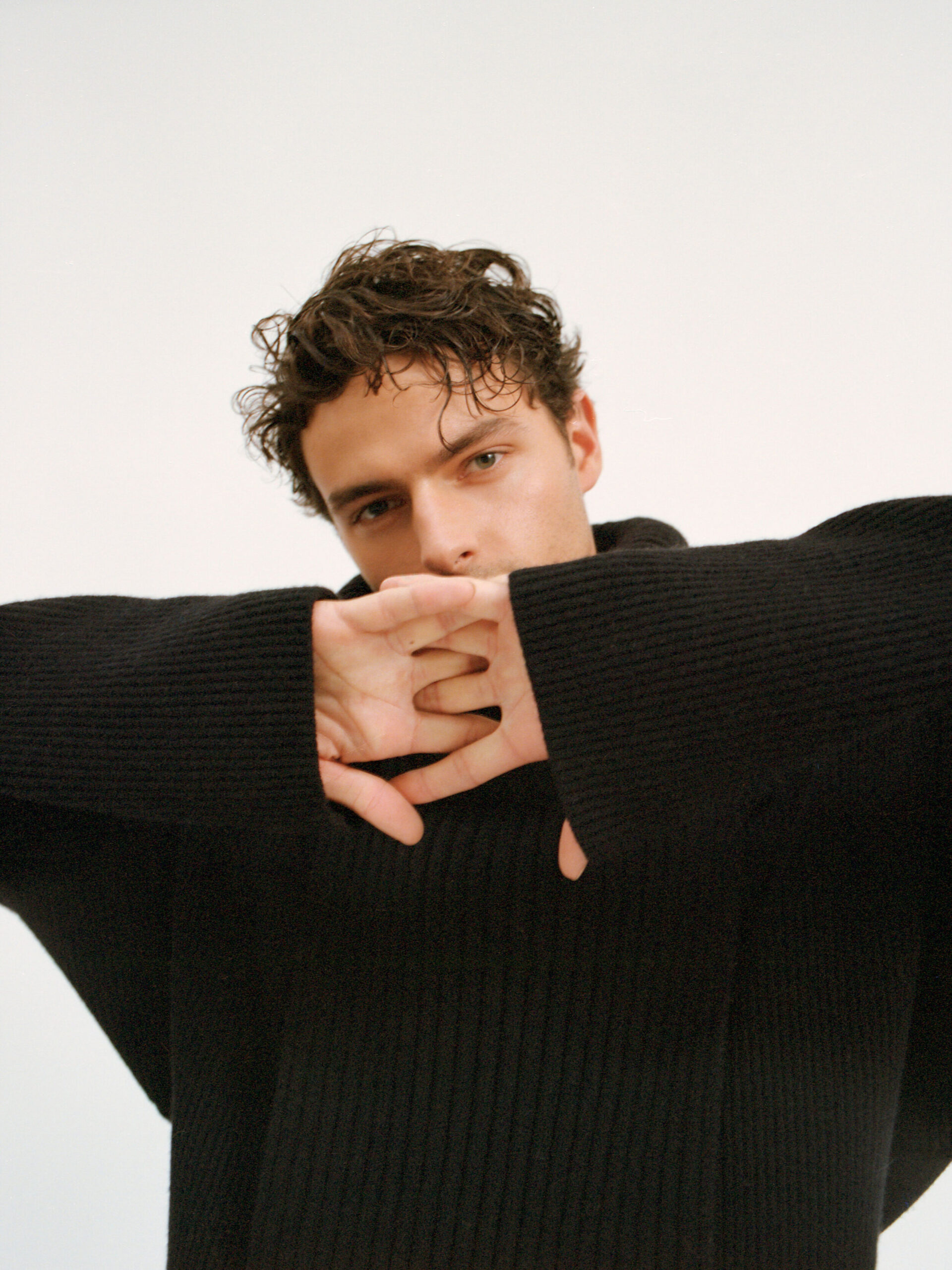
















Team
Photography · Michele Yong
Fashion · NIMA HABIBZADEH and JADE REMOVILLE
Hair · LILLY LIZE
Make-Up · MIKI MATSUNAGA
Model · HANNES from MP Paris
Set Provided by · Habitat Paris
Designers
















This was my first time in the US and in NYC, a place I literally dreamed about photographing. My mind was full of remarkable images by great street photographers who have roamed these streets before me. Although I had some preconceived ideas and mental images of the city, exploring an unknown place with a camera is always a great discovery. Little by little, stereotypes fall into pieces, and you start creating your own imaginary map of it. You reinvent the city, and by doing so, you reinvent yourself a little too. This process is always exciting, and this excitement can be overwhelming sometimes. In the first two nights, I couldn’t sleep even being too tired, as my mind couldn’t stop thinking about what I’d find the next morning – and if the weather would be good and give me some light to play with. I’d wake up around 6h30, get some cheap coffee and a croissant, and walk, walk, walk, apparently aimlessly, trying to make sense, with my images, of this wonderful mix of chaos, energy, and flux. I’m aware I just scratched the surface of this deep world, and this feeling just makes me want to come back for more.














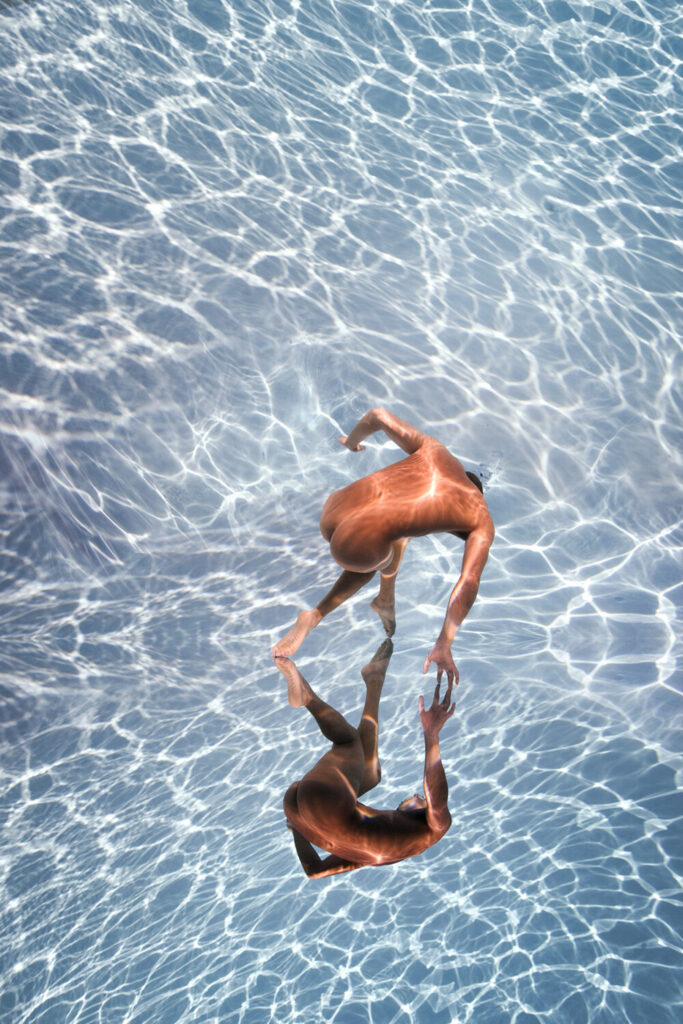
There is an otherworldly quality to Ed Freeman’s images of buildings, where hangovers of the twentieth century, such as motel signs and fast food joints, are captured within a desolate environment. This is deliberate, as Freeman resituates iconic elements of the American Dream within a digitally-configured landscape he has careful created. By inserting different landmarks into the same, but nevertheless slightly altered setting, Freeman challenges the viewer to look more closely at the subject matter, and in turn, at the built environment proper. Freeman’s imagined scenes take on a more obvious appearance in his series of dreamlike underwater nudes. What seem, at first glance, as painterly visions of figures gliding deep below the sea, are, on closer inspection, derived from photographs taken of models shot in a swimming pool. Digital enhancement and manipulation drives Freeman’s work, and by immersing the viewer in this constructed world, the qualities that make up the ‘real world’ return to the fore.
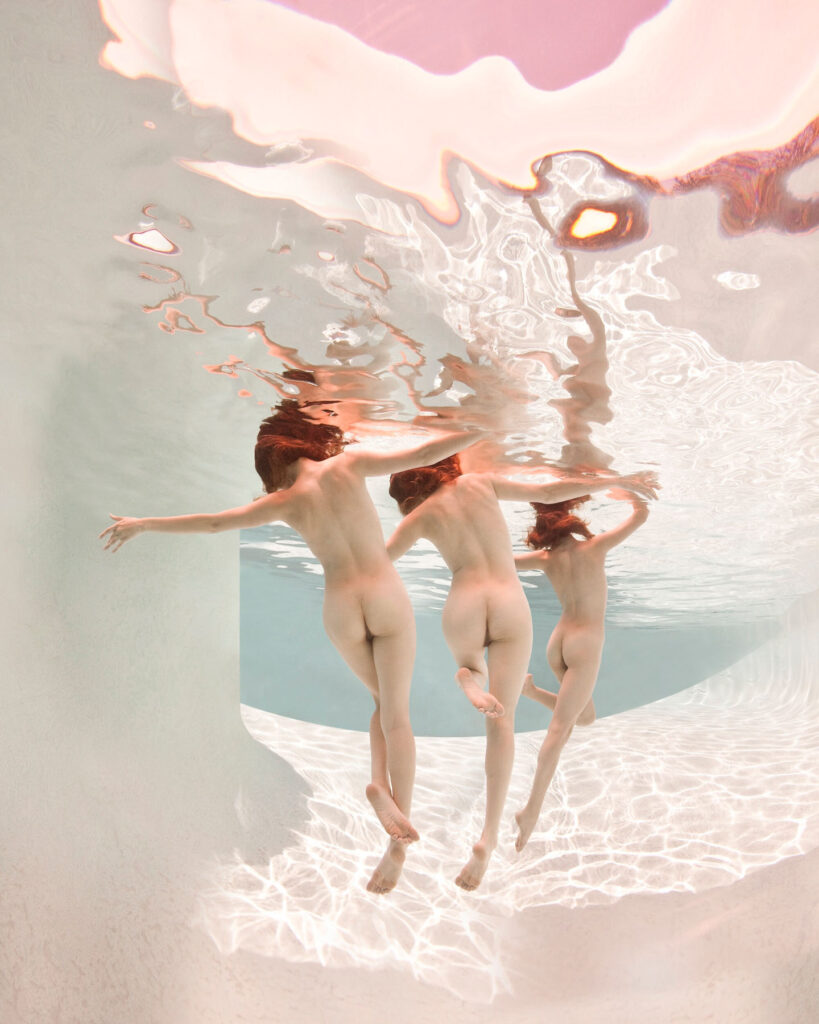
How does your work capture emotion in a way that non-manipulated photography cannot?
Non-manipulated photography is unmatched for capturing emotion. What I can do with manipulation is remove elements that distract from that emotion, modify lighting to enhance that emotion. It’s difficult or impossible to invent emotion where none existed before.
Do you envision the final outcome of an image when you’re taking photographs prior to editing?
Absolutely. When I look in the viewfinder, I see what’s in front of the lens, but I also see what the final print looks like. I’m always very conscious of what I can and cannot do in post-production. When I’m photographing old buildings and I know I’m going to erase the surrounding structures, I’m careful to shoot some nearby empty land to fill in the parts that I’m going to erase. When I’m photographing underwater nudes, I think, “that was an almost perfect body shot. Her eyes were closed, but there’s that great facial expression I shot five minutes ago. I think I can splice that head onto this body. And maybe I have a better foot someplace; I’d better check.”
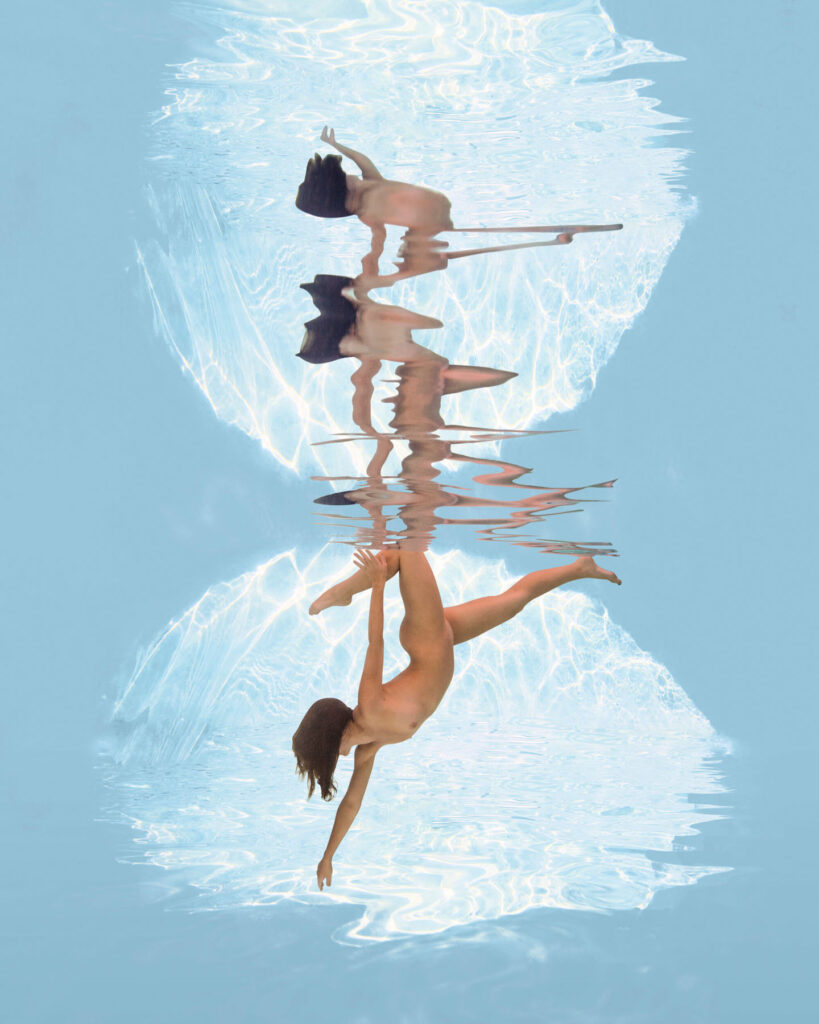
What is the importance for you in documenting the landmarks of a bygone era in the Realty series; What do you want the viewer to take from them?
Viewers can take from my pictures whatever they want; it’s not my job to control their experience. But for me, these old buildings are part nostalgia and part a commentary on the death of the American Dream. I grew up in a time when America was an optimistic land of opportunity. Now it seems to have devolved into a land of xenophobia, racism, polarization and paranoia. These crumbling buildings hark back to a simpler, happier past and by extension, maybe point the way to a happier, albeit less naive future.
Similarly, many of the buildings you have photographed have since disappeared, so what can they tell us about the present and the future?
Everything changes, everything ages and evolves. Today’s hip will be tomorrow’s kitsch, next year’s laughing stock and next generation’s quaint gem waiting to be discovered and revived. That has forever been true yet each generation has to learn it for themselves.
“For me the solution is to be passionately invested in the present, fascinated with the future and at the same time know and love the past – sort of the same way you know and love your goldfish.”
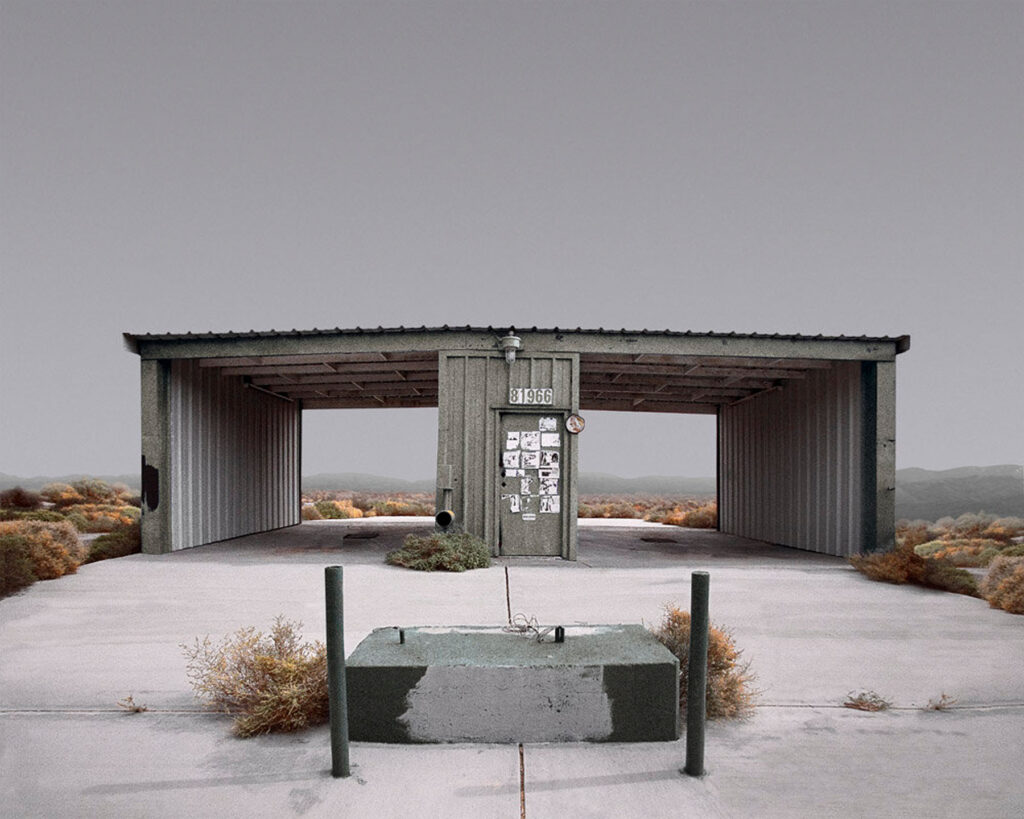
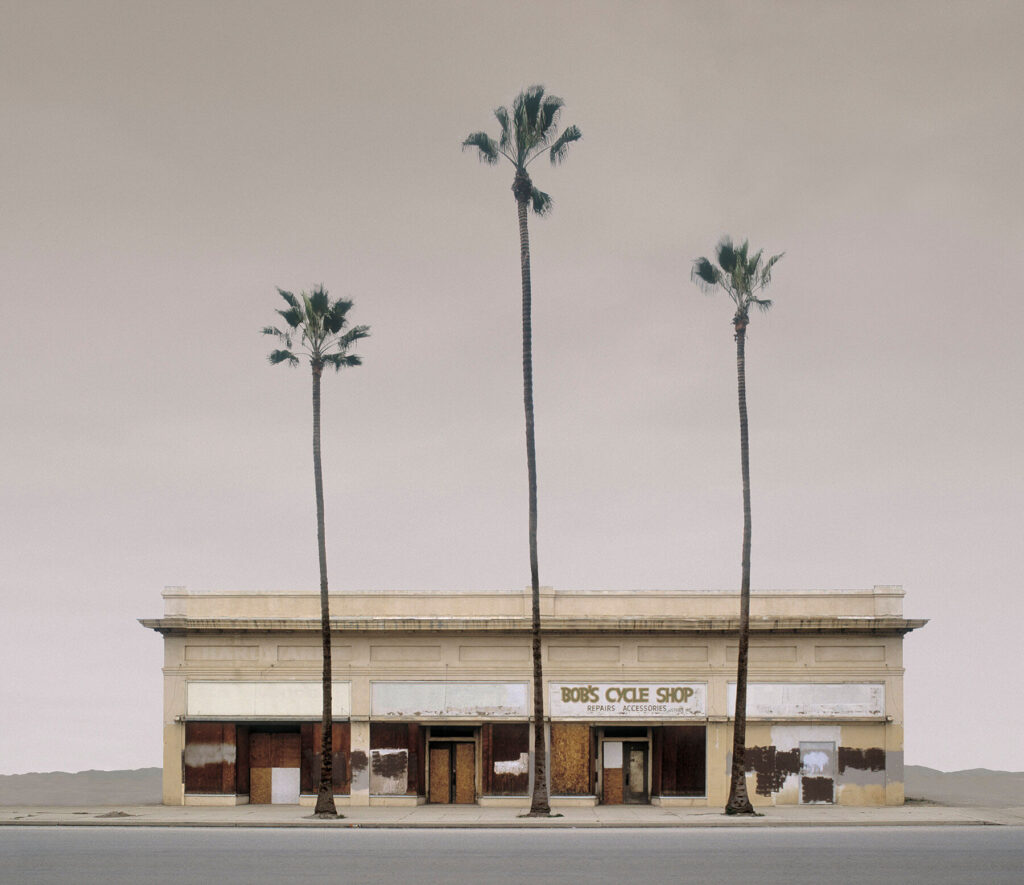
What draws you to the themes you explore?
Well, first of all, I’ve always liked the way people look without their clothes on. I’d probably be a nudist if I weren’t such a prude. That pretty much explains the underwater nudes. Other than that, I have no insights to offer.
“I’m interested in EVERYTHING and if I had enough time, I’d photograph everything. Thank God I don’t because my filing system is complicated enough as it is.”
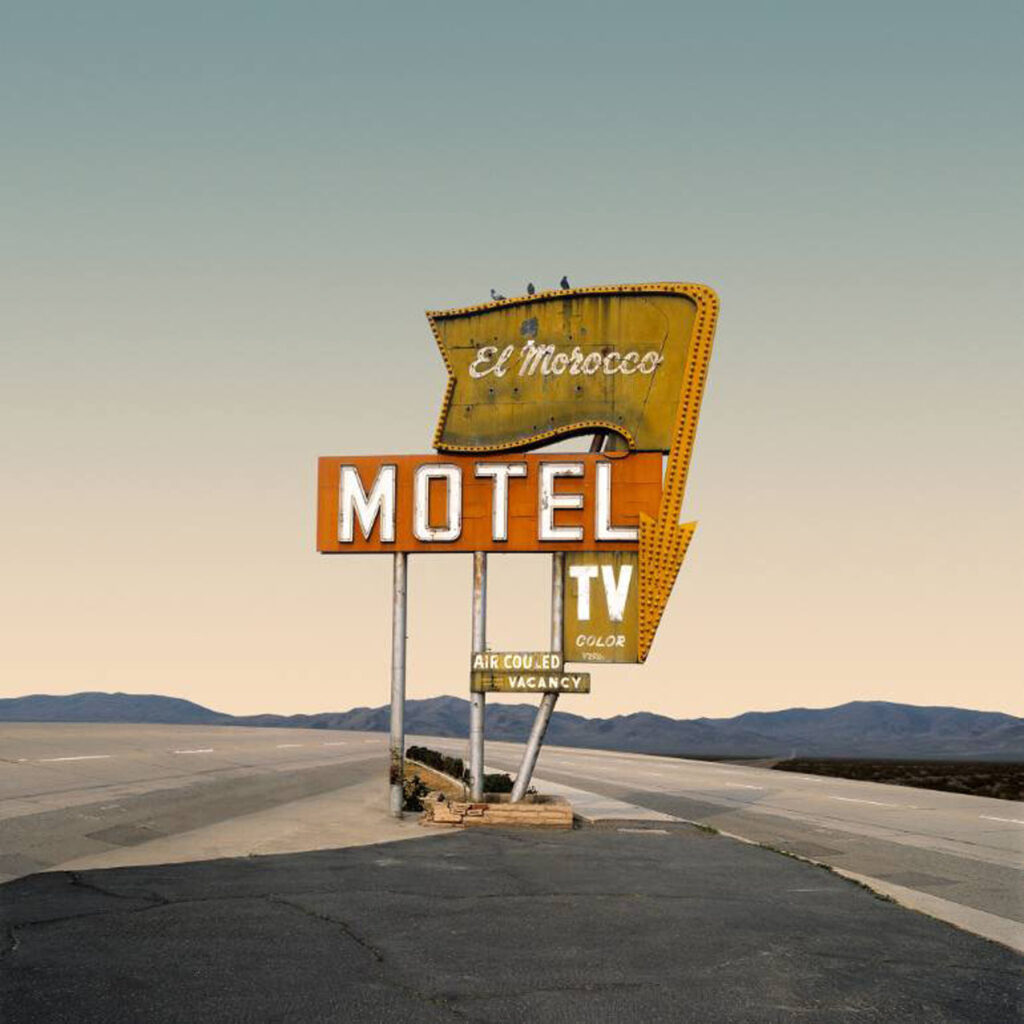
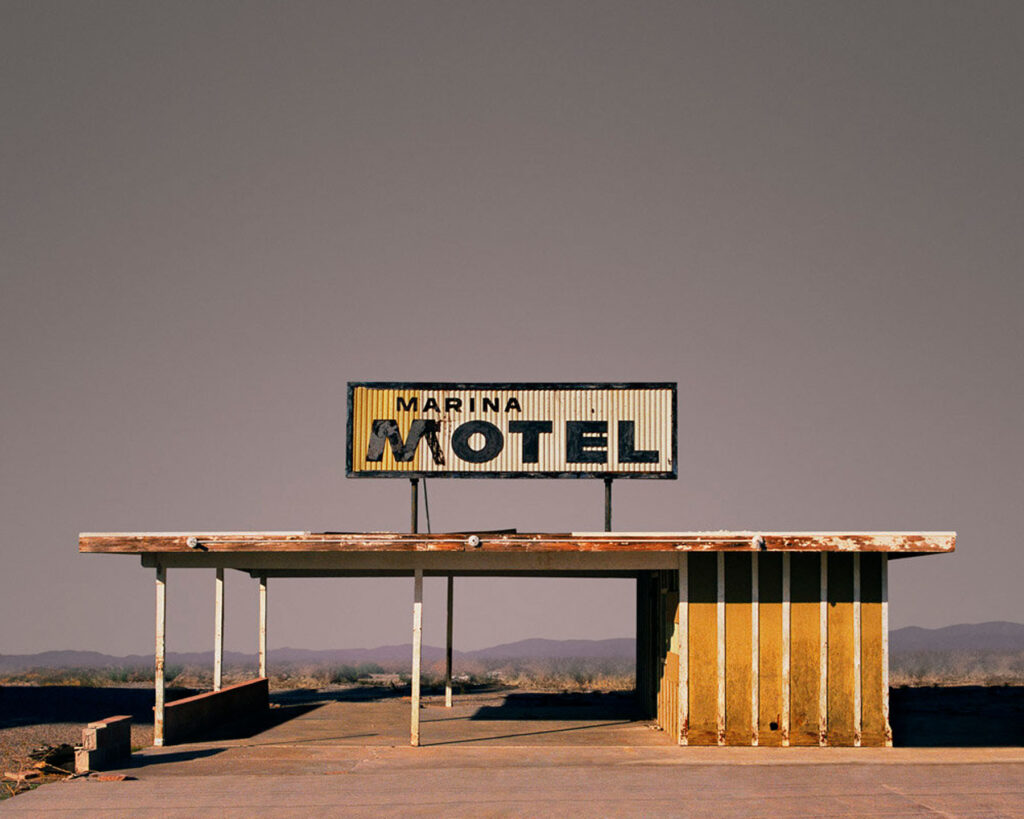
Visually, the Underwater and Realty series could not seem more different, but are there any shared meanings in them?
I don’t deal in messages and meanings; my job is ask questions, not to answer them. Sort of analogous to the chef who might say, “my job is to prepare food, not to eat it.”
Your practice hinges upon digital photography and manipulation; Do you think that over time it will be recognized as its own medium?
Identifying what I do as distinct from traditional photography is not particularly important to me, but I think it is to people who collect photography – they have a legitimate right to know how much manipulation, if any, has been done to an image. Any serious collector of mid-century photography knows that Ansel Adams used every darkroom trick in the book to refine his images, whereas Edward Weston was a purist who never did any modification to his. They both made stunning works of art. These days, we have more ways to manipulate pictures than Ansel ever dreamed of. I’m not sure we have to invent a new term for altered photographs, but we certainly have to be upfront about what goes into the finished picture. Some people look down their noses at extensive manipulation, but most (including me, obviously) just see it as one option among many in contemporary photography. Any technology, including Photoshop, can be used to create art. “Whether or not it’s a great novel depends on the writer, not the typewriter.”
Credits
www.edfreeman.com/collections
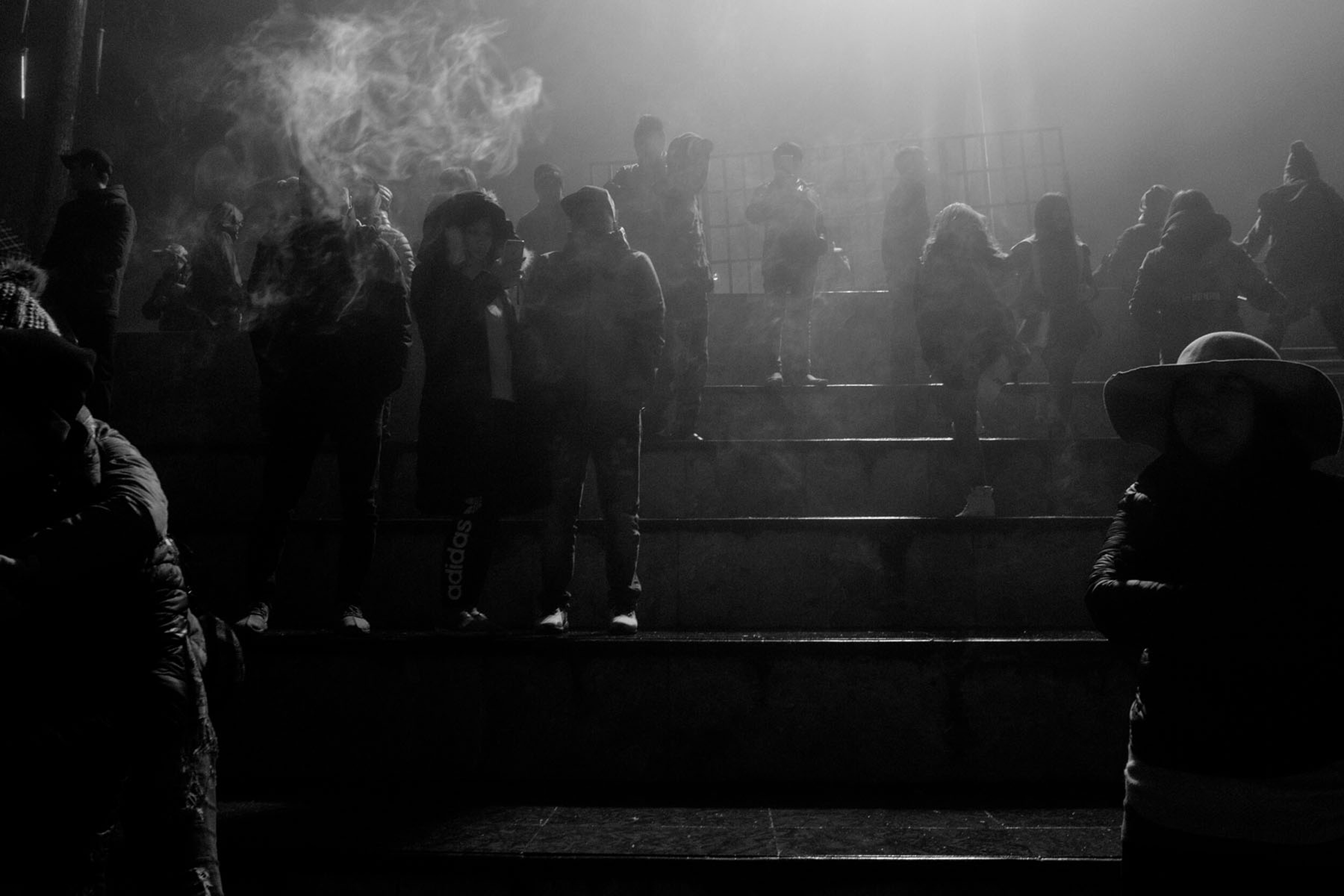















Credits
Photography · Chu Viêt—Hà
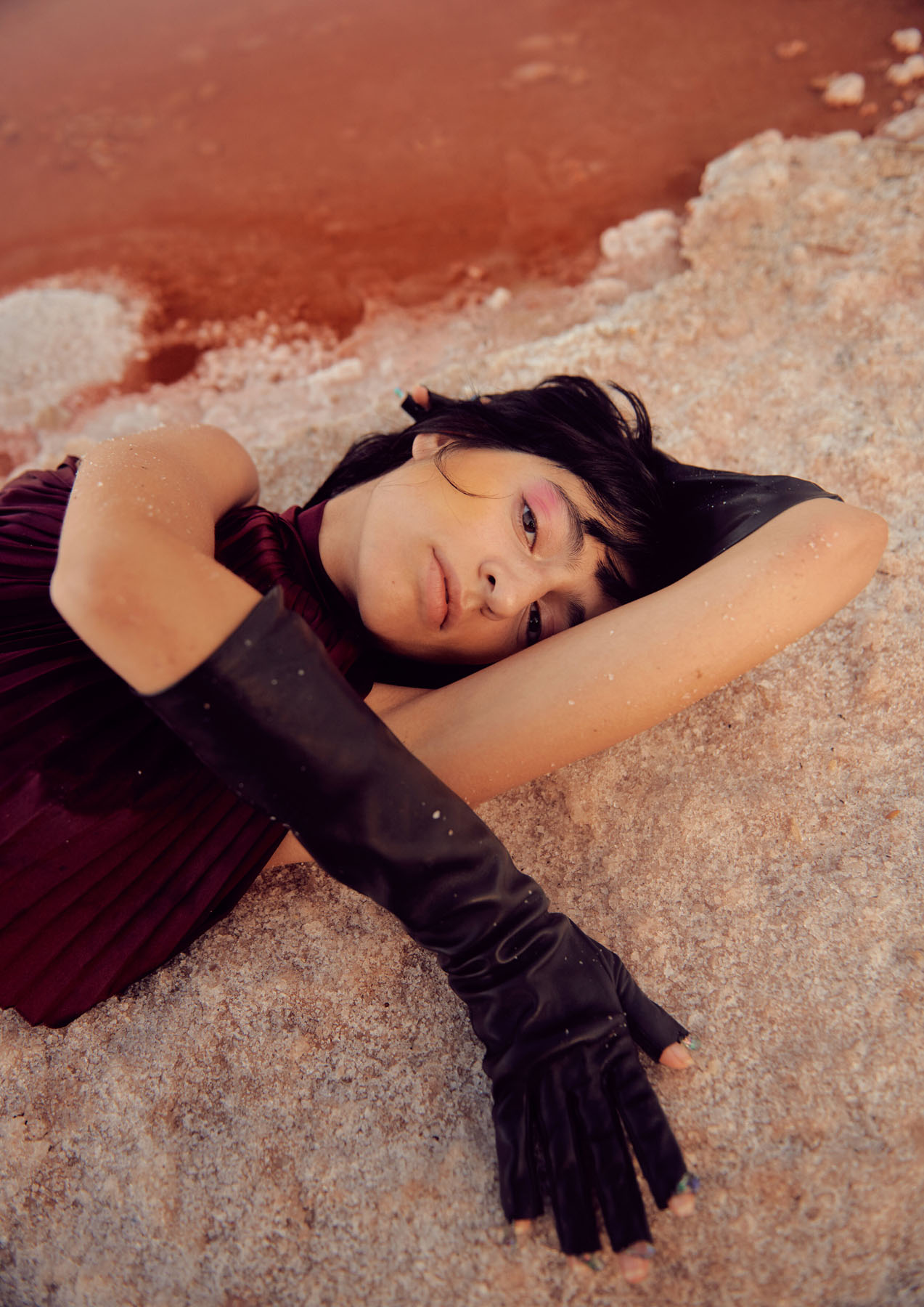
















Team
Photography NOÉMI OTTILIA SZABO
Fashion LYLA CHENG
Hair and Make-Up PETER SCHELL
Model AOIFE LOU from Le Management
Designers
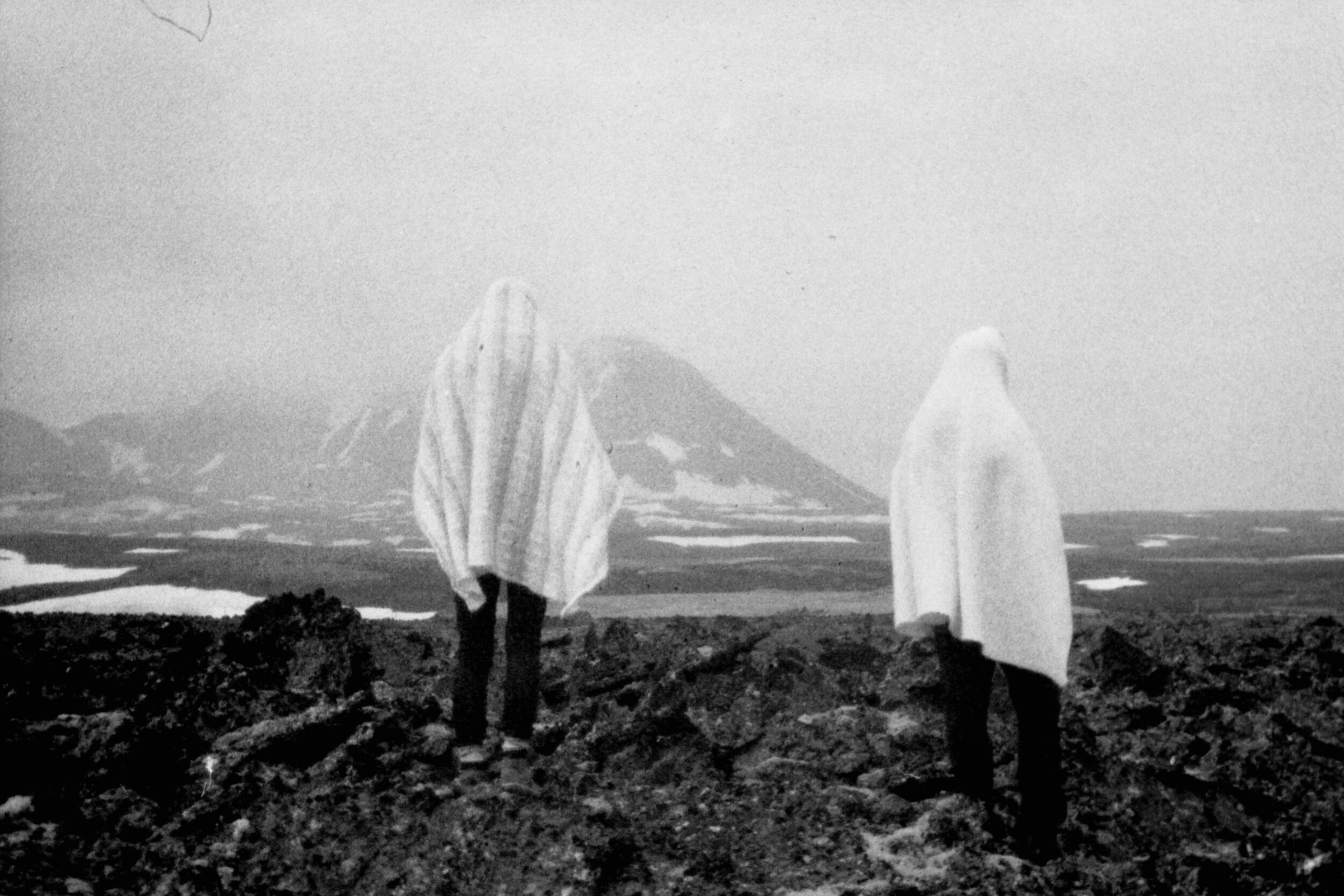










Apparition Disparition is a series of photographs that belong to a larger multi-disciplinary ongoing project called MOSI (meaning moss in Icelandic). MOSI was initiated in 2016 by french photographer Aëla Labbé and icelandic choreographer Bára Sigfúsdóttir in collaboration with norwegian composer Eivind Lønning and french performer Stéphane Imbert. Body, space, instincts, nature, flesh, soil, sound, rock, breath, softness, matter, water, presence, time, landscape, air. In search of connections between what is visible and invisible.
Apparition Disparition was created in Mývatnssveit, Iceland during May/June 2016 and July 2018.